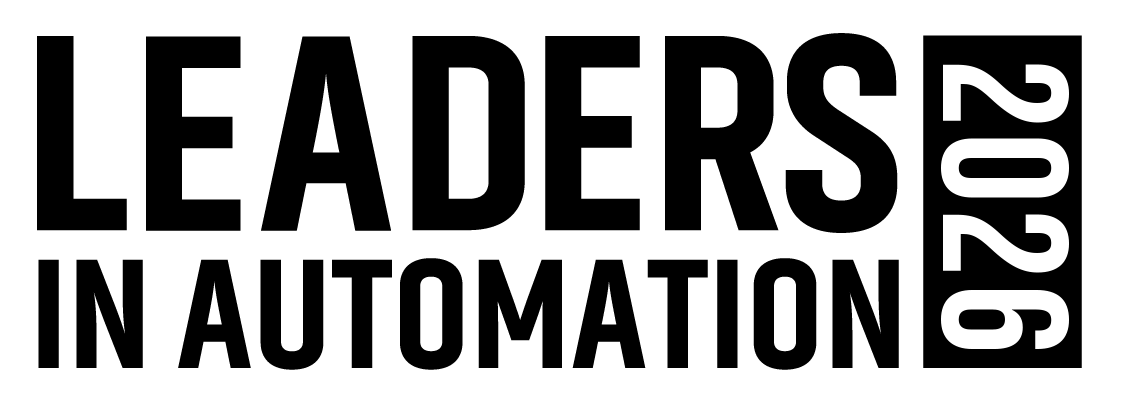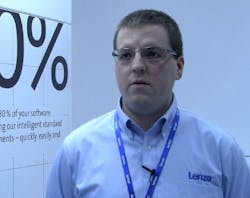A convergence of two industry realities are driving machine automation technology today: One of those realities is the lesser amount of engineering resources available today; the other is the prevalence of need for specific, well-defined machine functionalities.
To address these two issues, Lenze showcased its FAST (Feasibly Applicable Software Toolbox) application software at PackExpo 2014. Speaking with Kevin Corcoran, Lenze applications engineer, he explained that the standard modules offered by FAST were created to simplify the development of mechanical control by allowing designers to add individual FAST modules using the application template.
“FAST was developed to reduce machine development time for engineers,” said Corcoran. “Lenze has developed modules with the most prevalent technologies relevant to specific aspects of machine building. Engineers just have to configure the modules to create machine applications.”
When asked if the FAST software was specific to Lenze products or could be used with automation technology from other industry suppliers, Corcoran said that FAST is “complaint with IEC 61131 and PLCOpen” and that open communication standards such as EtherCat can be used to integrate automation components from other suppliers.
Some of the more common FAST modules for machine control highlighted at PackExpo were cross sealing/cutting, conveying, winder, tension control, camming, and delta robot applications—all of which are common in packaging machine development.
According to Lenze, up to 80 percent of the engineering time required to develop machinery applications is covered by FAST application software modules.
See the video below for highlights of the interview with Corcoran and further details about the FAST software.
About the Author
David Greenfield, editor in chief
Editor in Chief

Leaders relevant to this article:
